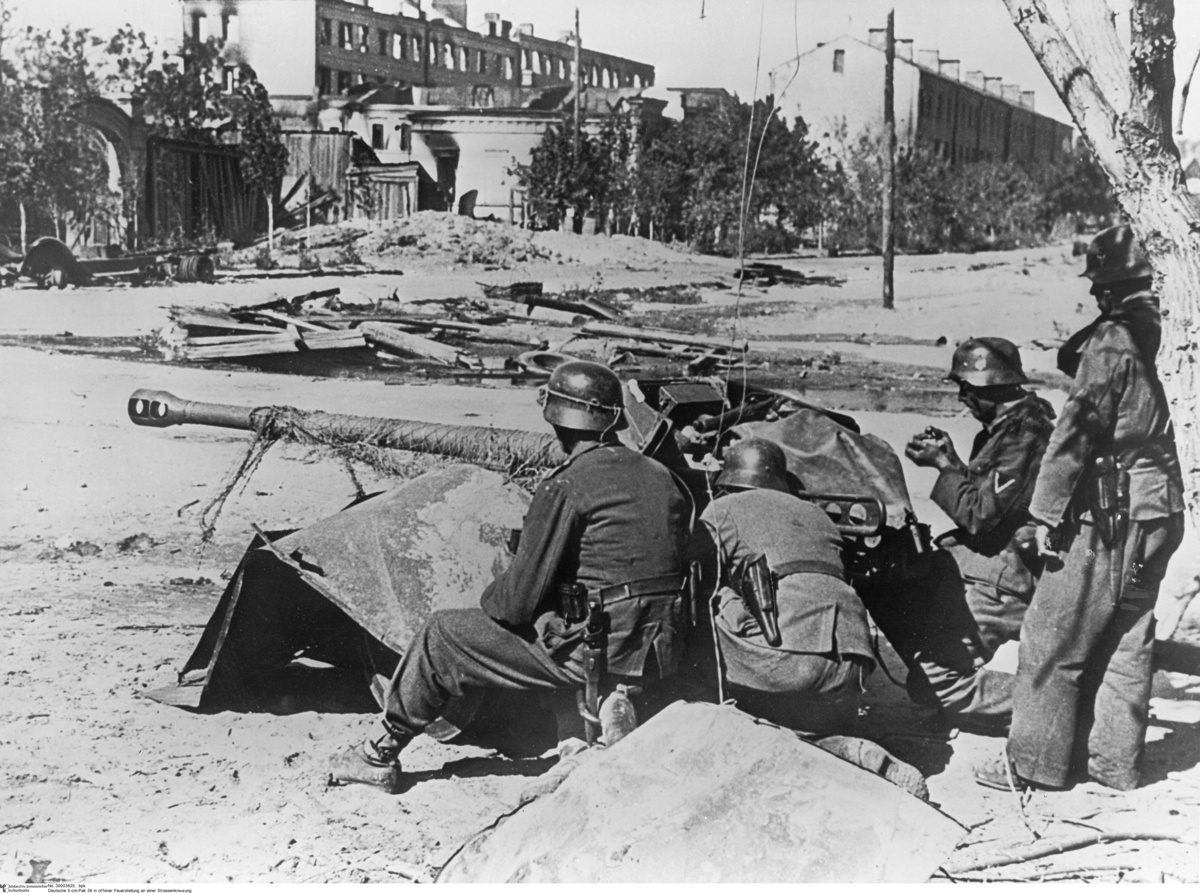Abstract
Hitler’s Directive No. 45 of July 23, 1942, revised the original plan
of the German summer offensive in southern Russia. According to the
directive, the offensives in Stalingrad and the Caucasus were equally
important and would be pursued simultaneously. Army Group A
[Heeresgruppe A] was to occupy the
oil fields of the Caucasus, while Army Group B
[Heeresgruppe B] was to conquer
Stalingrad, an important industrial city and rail hub on the Volga
River. In 1940, Stalingrad (named Zarizyn until 1925, and Volgograd
since 1961) had a population of 450,000. The battle for Stalingrad began
on August 19, 1942; on August 23, the 6th Army, under the leadership of
General Friedrich Paulus, was ordered to take the city. Bitter fighting
ensued and losses were extraordinarily high. The battle for Stalingrad
lasted until February 2, 1943, ending in a crushing German defeat.
